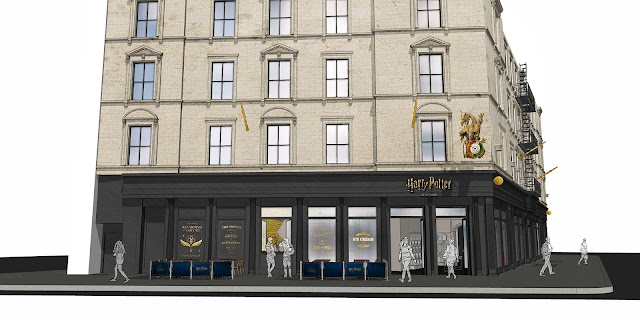 |
| Jessica Minh Anh chose DHL facility for the iconic J Winter Fashion Show 2020 (PRNewsfoto/DHL) |
Powered by DHL Express U.S., J Winter Fashion Show 2020 will premiere the most exquisite fashion collections, while highlighting the modern upcycling and delivery process in a creative and sustainable way.
- Part of Jessica's iconic Fashion x Sustainability series, the high-profile event will be held February 6 at the DHL Express John F. Kennedy Gateway and follows the international successes of previous enviro-fashion phenomena atop Hoover Dam, Gemasolar power plant, and the Race For Water solar-wind-hydro powered vessel.
"Since shipping and logistics is such a big part of the fashion industry, I believe it is crucial to minimize environmental impacts by using green logistics solutions. What drew me to DHL is its great commitment to sustainability. From optimizing transport routes and rolling out alternative fuel vehicles, to operating energy efficient warehouses, DHL is reducing transport related CO2 emissions. It is important for me to partner with a company that prioritizes the health of our planet," said Jessica Minh Anh.In preparation for the grand outdoor catwalk, Jessica Minh Anh visited DHL facilities and met with top executives at John F. Kennedy airport earlier this week to outline the vision of the show. The fashion icon also modeled exclusive haute couture designs by Rami Kadi, Kujta & Meri, Pnina Tornai, VUNGOC&SON, Ella Gafter and Cristina Sabatini against the epic backdrop. No stranger to mind-blowing catwalks at the most challenging locations, Jessica will not only present innovative fashion and luxury collections, but also explore how fashion and the global supply chain can be more sustainable. Like her previous iconic productions, J Winter Fashion Show 2020 will celebrate diversity, unity, creativity and sustainability alongside fashion from Europe, Asia, Australia, and America.
 |
| Jessica Minh Anh |
"We are very excited to join forces with Jessica Minh Anh in this historic project," said Reiner Wolfs, Vice President and General Manager, Northeast Area, DHL Express U.S. "Her powerful message of motivating the younger generation to take action for a better future aligns perfectly with our vision for zero emission logistics."The official list of participating fashion houses will be revealed closer to the show. With an environmentally conscious approach, Jessica has selected official partners who put sustainability as a priority, including IWG's brand Spaces, Veestro, Warren Tricomi, scheimpflüg, Cream Ridgewood, Tone House, and Gotham Hotel among others.
A TEDx keynote speaker and a representative of the environmentally engaged younger generation, Jessica's passion cuts to the heart of the global challenge, making sustainable living a lifestyle choice. More than a modern fashion statement, J Winter Fashion Show 2020 will stimulate a global conversation about sustainability triggered by a unique and visually impressive experience.
 |
| Jessica Minh Anh - Fashion x Sustainability |
SOURCE: DHL








































